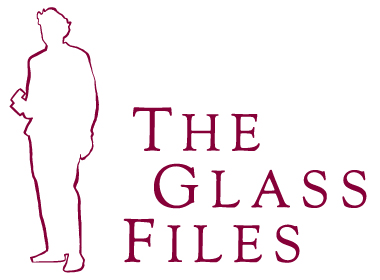
ITEM DETAILS
photograph
Thomas Edison created the first incandescent light bulb
Technological innovation
The first light bulb
In 1879, Thomas Edison created the first incandescent light bulb that could be commercially viable, inexpensive to produce, and commonly used at home.
The light bulb consisted of a carbon filament coiled to contact wires, and contained in an oxygen-free environment.
Three years later, on December 22nd, Edward H. Johnson, vice-president of the Edison Illumination Company, had a string of red, blue, and white electric lights made and hung for personal use in his home.
Electricity was still relatively new, and there was much distrust around it. Furthermore, the high purchase and installation costs of these new electric lights made home illumination a luxury that many Americans could not afford for decades.
At Johnson's house, many marveled at the revolving Christmas tree where walnut-sized light bulbs hung, though some decried this as a publicity stunt, aimed at commercializing electrical light bulbs.
Detroit Press reporter William Croffut covered this momentous event, stating: "I need not tell you that the scintillating evergreen was a pretty sight - one can hardly imagine anything prettier. [...] It was a superb exhibition." (1882)
Prior to the common use of electric lights, candles were set on Christmas trees.
The light bulb consisted of a carbon filament coiled to contact wires, and contained in an oxygen-free environment.
Three years later, on December 22nd, Edward H. Johnson, vice-president of the Edison Illumination Company, had a string of red, blue, and white electric lights made and hung for personal use in his home.
Electricity was still relatively new, and there was much distrust around it. Furthermore, the high purchase and installation costs of these new electric lights made home illumination a luxury that many Americans could not afford for decades.
At Johnson's house, many marveled at the revolving Christmas tree where walnut-sized light bulbs hung, though some decried this as a publicity stunt, aimed at commercializing electrical light bulbs.
Detroit Press reporter William Croffut covered this momentous event, stating: "I need not tell you that the scintillating evergreen was a pretty sight - one can hardly imagine anything prettier. [...] It was a superb exhibition." (1882)
Prior to the common use of electric lights, candles were set on Christmas trees.
New Jersey, USA
December 22nd, 1882
project: The Glass Files #onthisday via Instagram
photograph | electricity | General Electric | Thomas Edison | light bulb | Christmas | Christmas tree | incandescence | science | technology | Edward H. Johnson | J. P. Morgan | on this day | NYC | history
This item is shared by Mother Earth
with
the Community and the World.
